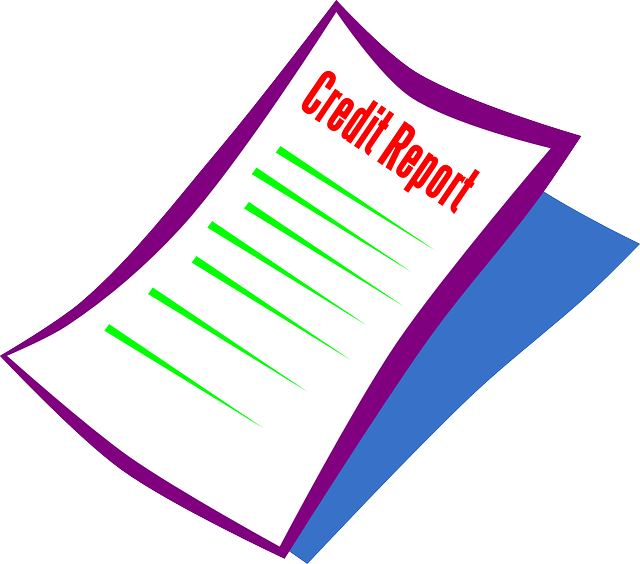Interest rates play a pivotal role in equipment loans, impacting both lenders and borrowers financially. Understanding these rates is crucial for making informed decisions as they directly affect borrowing costs. Lenders assess financial criteria like creditworthiness, loan amount, and equipment type to determine interest rates, which can be influenced by economic indicators and market fluctuations. Businesses should evaluate the effect of interest rates on monthly installments when considering equipment loans, balancing affordability with long-term financial goals. Optimizing interest costs through strategic negotiations, strong credit histories, and market research can significantly impact business profitability and strategic decisions regarding essential equipment acquisitions across various industries.
When considering equipment loans, interest rates play a pivotal role in your financial decisions. This article delves into the intricate world of equipment financing, guiding you through the basics of interest rates and their impact on loan repayments. We explore the key factors influencing rate determinations, offering strategies to optimize costs. From understanding financial criteria to real-world case studies, gain valuable insights for making informed choices in navigating equipment loans.
- Understanding Interest Rates: The Financial Foundation
- Equipment Loans: Unraveling the Basics
- Factors Influencing Interest Rate Decisions
- Weighing the Impact on Loan Repayment
- Strategies to Optimize Interest Costs
- Case Studies: Real-World Examples of Interest Rate Considerations
Understanding Interest Rates: The Financial Foundation

Interest rates serve as the cornerstone of any equipment loan, playing a pivotal role in defining the financial landscape for both lenders and borrowers. Understanding these rates is paramount when evaluating potential loans, as they directly impact the overall cost of borrowing. This concept is one of the key financial criteria that individuals and businesses must consider before committing to a significant investment.
When assessing interest rates, it’s essential to grasp how they are calculated and what factors influence them. Lenders typically base these rates on various economic indicators, creditworthiness of borrowers, and the specific equipment being financed. By analyzing these variables, potential loan recipients can make informed decisions, ensuring they secure terms that align with their financial goals and capabilities.
Equipment Loans: Unraveling the Basics

Equipment loans are a vital financial tool for businesses seeking to acquire or upgrade essential machinery and tools. These loans cater specifically to the unique needs of purchasing high-value, long-term assets, offering flexible terms and tailored repayment options. The process involves several key considerations, including loan amounts, interest rates, security requirements, and repayment periods, all of which are crucial in meeting the financial criteria for approval.
Understanding these fundamentals is essential when navigating the equipment loan landscape. Lenders assess each application holistically, evaluating not only the creditworthiness of the borrower but also the practicality of the purchase. This ensures that the loaned funds are put to efficient use, aligning with the business’s growth strategies and financial health.
Factors Influencing Interest Rate Decisions

When evaluating equipment loans, interest rates are heavily influenced by various financial criteria that lenders consider crucial for risk assessment and setting competitive terms. Key factors include creditworthiness, where borrowers with strong credit histories often secure more favorable rates. Lenders also scrutinize the type of equipment being financed; specialized or high-risk assets may come with stiffer interest charges. Additionally, loan amounts play a significant role; larger loans typically attract higher rates due to increased risk exposure for lenders.
The current economic climate and industry trends significantly impact interest rate decisions. In today’s digital era, understanding these financial criteria is paramount for businesses seeking equipment financing. Lenders carefully navigate market fluctuations, adjusting rates accordingly to maintain sustainability in a dynamic economic landscape.
Weighing the Impact on Loan Repayment

When considering equipment loans, one of the key factors that significantly influences your financial criteria is interest rates. Higher interest rates can lead to substantial increases in the overall cost of borrowing over time. Therefore, it’s crucial to understand how these rates impact loan repayments before finalizing any agreement. By evaluating the interest rate and its effect on monthly installments, you can make an informed decision that aligns with your cash flow and financial goals.
Weighing the impact of interest rates involves looking at both the present and future financial landscape. Short-term loans with higher rates might offer lower initial payments, but they could put a strain on your budget in the long run. Conversely, longer loan terms typically result in smaller monthly installments, providing more breathing room but accumulating more interest over the entire repayment period. Thus, it’s essential to balance immediate affordability with the total cost of borrowing when choosing an equipment loan that suits your needs and financial criteria.
Strategies to Optimize Interest Costs

When considering equipment loans, optimizing interest costs is a strategic move that can significantly impact your business’s bottom line. One effective approach is to compare different loan offers based on financial criteria such as annual percentage rates (APRs), repayment terms, and any associated fees. Longer repayment periods often lower monthly payments but extend the time you pay interest, so it’s a balance to consider.
Another strategy involves negotiating with lenders for better terms, especially if your credit history is strong or if you have collateral to offer. Additionally, keeping a good credit score can unlock more favorable interest rates over time. Regularly reviewing and refinancing loans can also help manage interest costs, taking advantage of market shifts and improving your financial position.
Case Studies: Real-World Examples of Interest Rate Considerations

In the dynamic landscape of equipment financing, interest rates play a pivotal role in shaping business decisions. Let’s explore real-world scenarios where understanding and negotiating interest rates have significantly impacted various industries. For instance, consider a manufacturing company seeking a loan to upgrade its machinery. A lower interest rate could make this investment more feasible, allowing them to replace outdated equipment promptly, thereby enhancing production efficiency. Conversely, a high-interest rate might deter the company, forcing them to weigh the immediate need for new machinery against the financial burden of borrowing.
Another case involves a healthcare provider looking to acquire advanced medical technology. The interest rate on their loan could directly influence their ability to invest in cutting-edge equipment that improves patient care. Sensible financial criteria include evaluating market rates, comparing lenders, and negotiating terms to secure the best possible deal. This strategic approach ensures businesses can access essential resources while managing cash flow effectively, ultimately contributing to their long-term success in an ever-evolving economic environment.
